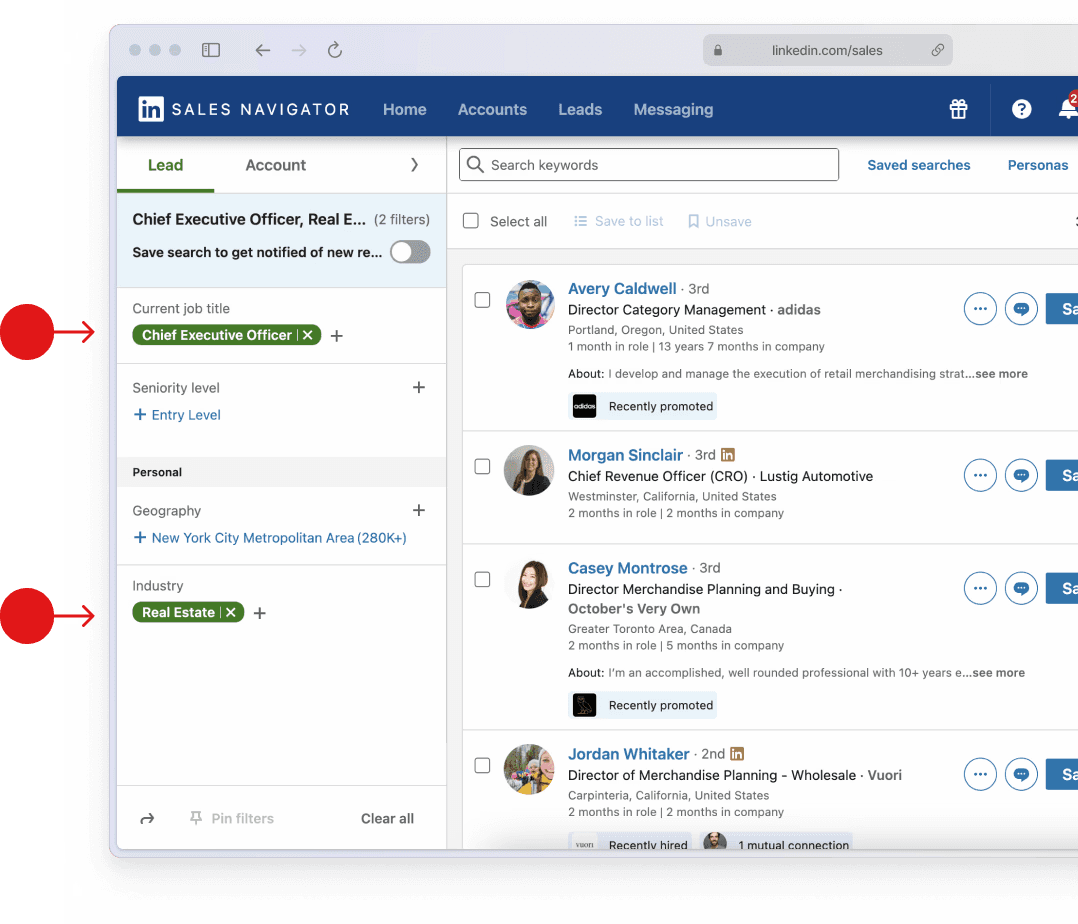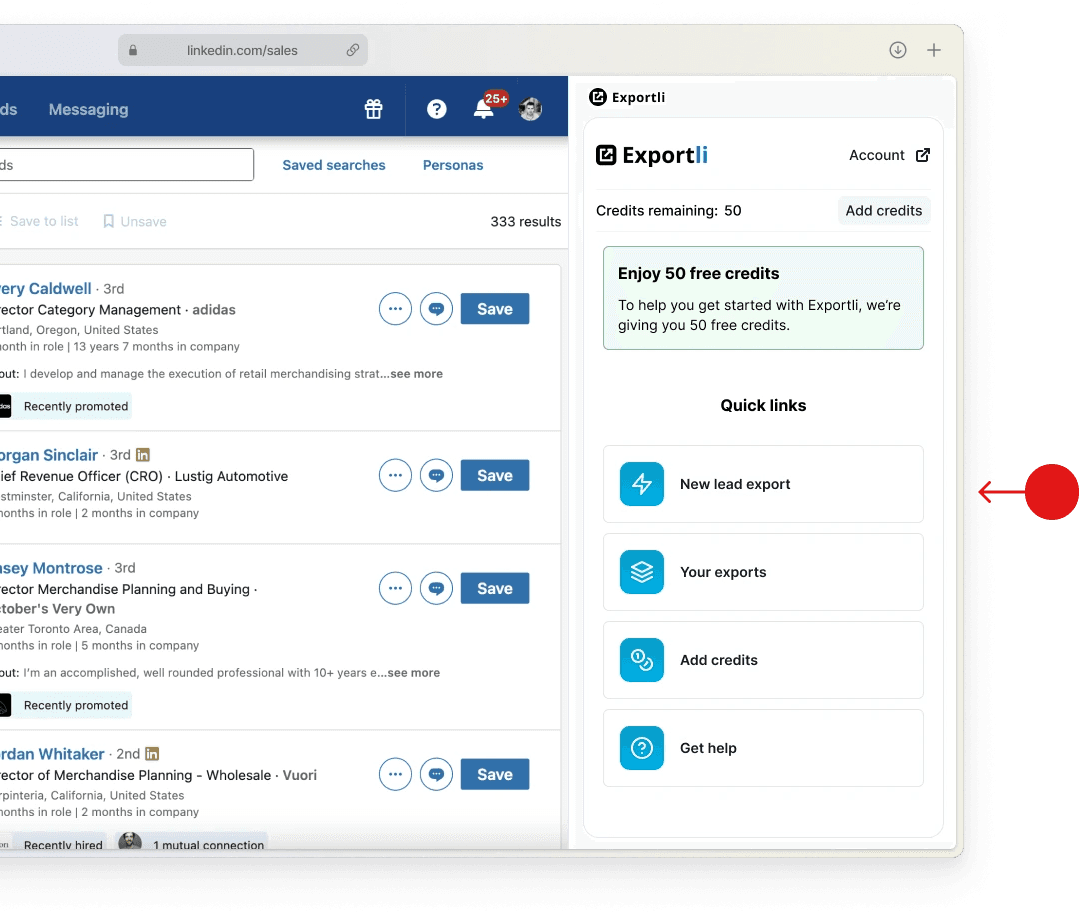Step 1
Decide if Agriculture, Construction, Mining Machinery Manufacturing is the right industry to target
The Agriculture, Construction, Mining Machinery Manufacturing industry
The Agriculture, Construction, Mining Machinery Manufacturing industry focuses on businesses that design and produce machinery specifically used in agriculture, construction, mining, and forestry. This includes a diverse range of heavy-duty equipment essential for land preparation, crop cultivation, infrastructure development, resource extraction, and timber harvesting. These machines are often characterized by their robust construction, powerful engines, and specialized attachments designed for specific tasks.
What businesses are included
This industry encompasses a wide array of machinery, including tractors, combines, and harvesters for agricultural applications; excavators, bulldozers, and graders for construction projects; mining trucks, loaders, and drills for resource extraction; and forestry equipment like harvesters and forwarders for timber operations. For example, a company specializing in manufacturing large-scale mining trucks used to transport ore from mines would be part of this industry. Similarly, a business that designs and produces precision planting equipment for agricultural applications would also be included. The key takeaway is the specific focus on machinery designed for these heavy industries, highlighting their crucial role in supporting global food production, infrastructure development, and resource extraction.
When targeting the Agriculture, Construction, Mining Machinery Manufacturing industry on LinkedIn, your search will automatically cover all related sub-industries. To maximize the relevance of your leads, you may want to exclude certain sub-industries that don’t align with your ideal customer profile.
Sub-industries included in Agriculture, Construction, Mining Machinery Manufacturing:
Which businesses are not included
While this industry covers a significant portion of heavy machinery manufacturing, it's crucial to distinguish it from businesses that manufacture machinery for other purposes or utilize this machinery in their operations. For instance, a company specializing in producing industrial robots for factory automation wouldn't be categorized under this industry, as their focus is on machinery for manufacturing, not agriculture, construction, mining, or forestry. Similarly, a construction company using excavators and bulldozers for building projects wouldn't be included, as their role is in operating the machinery, not manufacturing it. The distinction lies in the specific application of the machinery and the core business activity, separating manufacturers from users and highlighting the unique characteristics of this heavy machinery sector.
Industry size on LinkedIn
Step 2
Pick job titles to target
Focus your LinkedIn search on these key decision-maker roles within the Agriculture, Construction, Mining Machinery Manufacturing industry to find high-value leads. These roles are typically involved in B2B purchasing decisions and are most likely to respond to your outreach.
Influential roles in Agriculture, Construction, Mining Machinery Manufacturing
Step 3
Run your Sales Navigator search
Setting your lead filters
Open LinkedIn Sales Navigator and select the ‘Leads’ tab. Use the filters on the left side to narrow down your search. Enter 'Agriculture, Construction, Mining Machinery Manufacturing' in the ‘Industry’ filter, and add the job titles you want to target in the ‘Current job title’ field.
How many leads can I export?
You can export up to 2,500 leads per day from Sales Navigator. If your search results is higher than this limit, consider narrowing your filters or breaking your search results into multiple saved lead lists that can be exported over several days.
Do I have to use LinkedIn Sales Navigator?
Yes, to effectively target specific industries like Agriculture, Construction, Mining Machinery Manufacturing, you'll need LinkedIn Sales Navigator. It provides the advanced filtering options you need to find the right leads and it has much higher export limits than the regular version of LinkedIn.
What does Sales Nav cost?
Sales Navigator offers a 30-day free trial, after which it costs around $90 per month.
Considering the quantity and quality of the targeted B2B leads you can export from Sales Nav, we think this is a bargain - certainly cheaper than almost any other way of generating leads.
Step 4
Export your leads
Install the Exportli Chrome Extension
To start exporting your leads, first install the Exportli Chrome extension.
Exportli works seamlessly with Sales Navigator and does two main things:
It allows you to export lead lists into a CSV
It uses 20+ email enrichment providers to find and verify business email addresses for your leads.
When you sign up, you’ll receive 50 free credits to get you started.
Run your lead export
With Exportli installed, you’re ready to run your export. The extension guides you through the process of exporting your selected leads into a CSV file.
Step 5
Import to your CRM or email tool
With your leads exported to a CSV file, you can now import them into your CRM or email outreach tools.
Most tools will let you import CSVs including:
Start enriching Agriculture, Construction, Mining Machinery Manufacturing leads today
Get started for just $5








